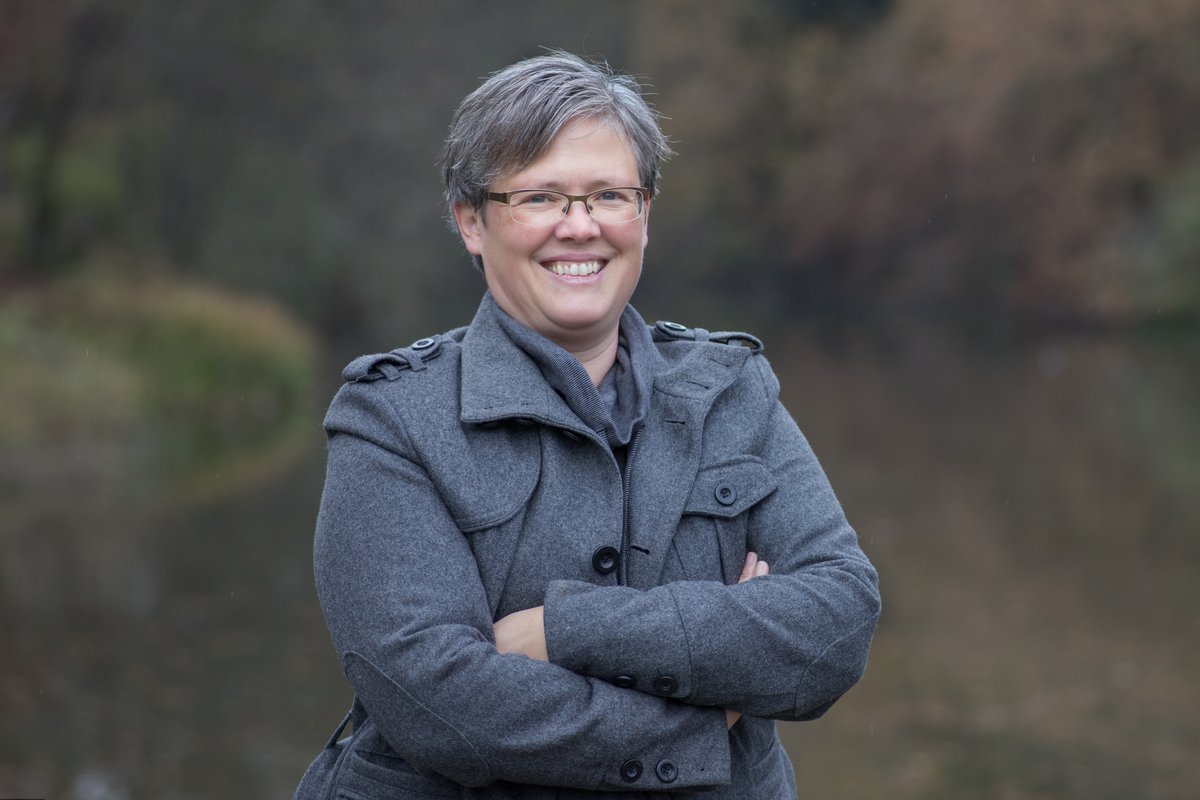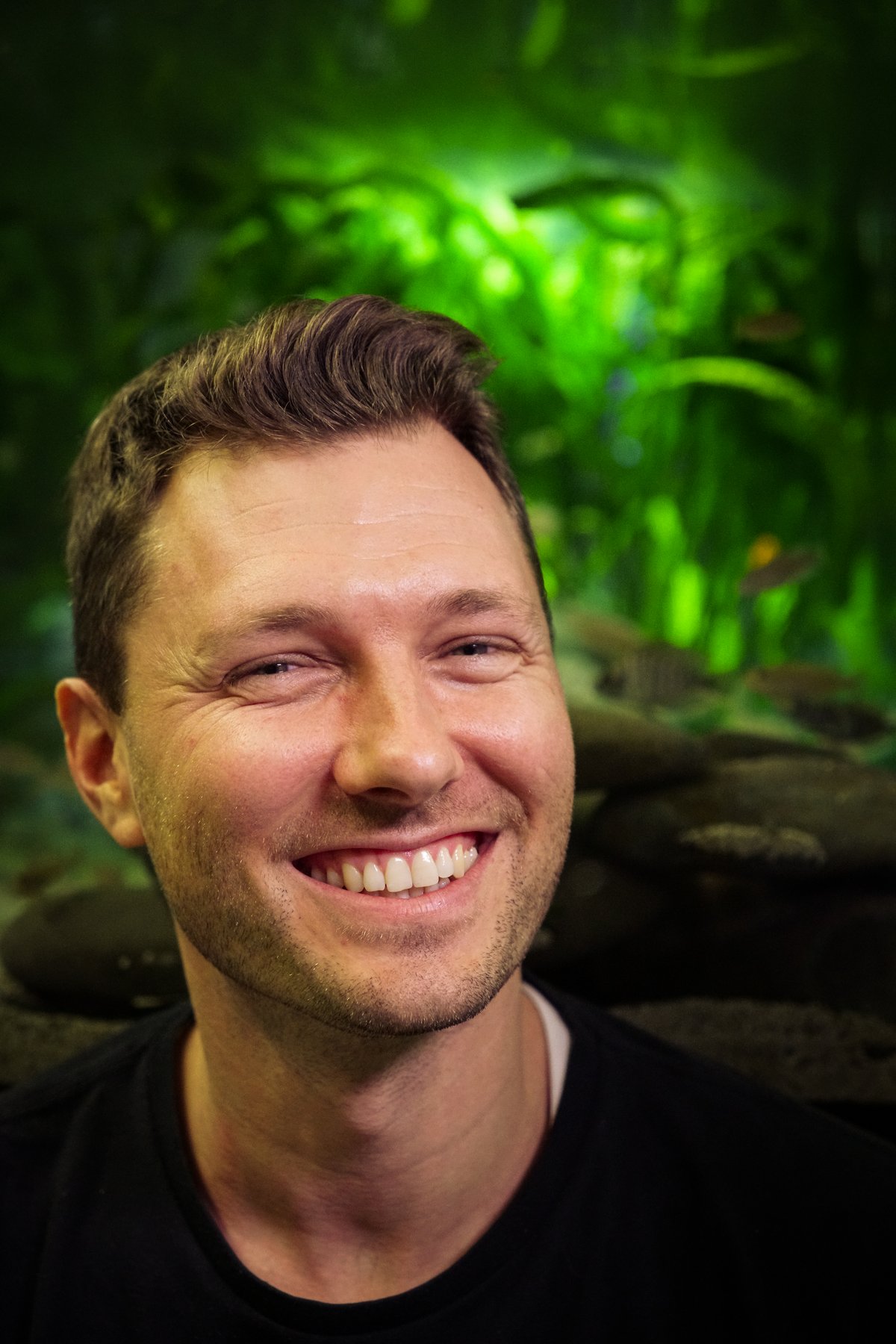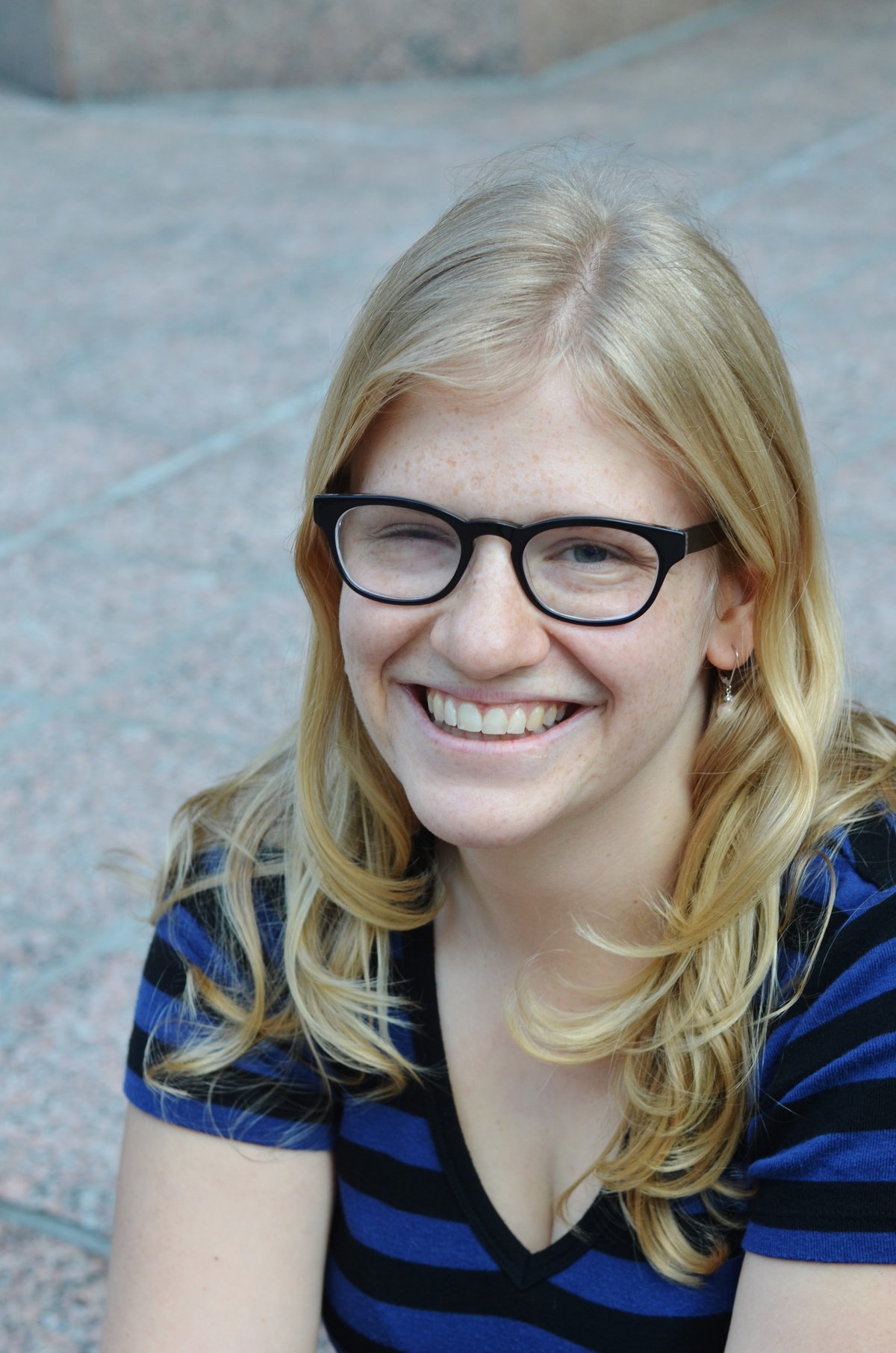
Three HFSP grants awarded
Projects by Dina Dechmann, Alex Jordan and Ariana Strandburg-Peshkin are among 34 selected in global competition for prestigious Human Frontiers Science Program Grants.
Three members of the Cluster of Excellence "Centre for the Advanced Study of Collective Behaviour" at the University of Konstanz have each been selected for one of the most respected funding sources in science: the Human Frontiers Science Program (HFSP) research grant, which supports cutting-edge, high-risk projects by international teams of scientists. Dina Dechmann, Alex Jordan and Ariana Strandburg-Peshkin are each part of separate teams, among 34 winning teams worldwide that have been awarded the prestigious 3-year grant.
Selected from a pool of 814 project applications involving scientists working in more than 60 different countries, the teams of Dechmann, Jordan, and Strandburg-Peshkin went through a rigorous year-long selection process in a global competition. Comprising two Program Grants and one Young Investigator Grant, the three HFSP grants will fund research in Konstanz and abroad on topics ranging from a rare case of seasonal brain shrinkage and regrowth in a tiny mammal, to learning optimal network design from plant societies, to communication and coordination in animal groups.
Under the umbrella theme “complex mechanisms of living organisms”, HFSP’s Research Grants are awarded to teams with the creative, interdisciplinary, and innovative thinking needed to create novel approaches to problems in fundamental biology. By combining diverse expertise from members across continents, HFSP teams are expected to drive discovery and expand the intellectual horizons of individual researchers.
The curious case of seasonal brain change in shrews
Sorex araneus might be the world’s most common shrew, but this tiny mammal has a rare and astonishing ability that helps it survive the cold: its brain shrinks in winter and then regrows again in spring.
Dina Dechmann, who is also a senior scientist at the Max Planck Department of Movement and Migration and lead Principal Investigator on the HFSP grant, will answer the fundamental question of how the shrew shrinks and then regrows its brain and many other organs seasonally. The shrew does this in order to survive on fewer resources and preserve its functions during harsh winter months, and with reversible size changes of up to a quarter of brain mass is by far the most extreme known case of mammalian brain regeneration.
“The common shrew’s remarkable wintering adaptation makes it the perfect model system to understand the mechanisms underlying this und ultimately provide valuable information on tissue regeneration,” says Dechmann, a behavioural ecologist who has extensively studied how seasonal changes affect movement and migration of animals. “For example, in the skull we have already been able to show that the size change is driven by a mechanism that is not yet considered in osteoporosis or bone reconstruction research.”
Together with colleagues from Stony Brook (USA) and Aalborg University (Denmark), Dechmann’s team will explore the biological, molecular, biochemical and genetic processes behind this reversible brain size change – creating knowledge that will shed light on the process of neurological degeneration in mammals and might pave the way for treating degenerative illnesses such as multiple sclerosis or Alzheimer’s disease.
Novel tools for understanding coordination in animal groups
Five researchers from the fields of animal behaviour, evolution and ecology, computer science, and quantitative biology are pooling their skills to explore how vocal communication enables group coordination in animal societies. Ariana Strandburg-Peshkin, lead Principal Investigator on the HFSP grant, says these examples, which include meerkats, coatis, and spotted hyenas, represent an intriguing unknown in the study of collective animal behaviour.
“When most people think of animals coordinating as a group, they think of bird flocking and fish schooling,” says Strandburg-Peshkin, who currently holds the Gips-Schüle fellowship for Animal Social Networks and a Zukunftskolleg Research Fellowship at the University of Konstanz. “In these classic cases, animals are making short-term decisions in a shared context in order to stay together. However, many animals form stable social groups that coordinate and cooperate over extended time spans, across a range of spatial scales, and in diverse contexts.”
To achieve coordination under such challenging circumstances, animals often use sophisticated signalling systems, such as vocal communication, in order to pass information on to other members of the group. So far, studying how vocal communication is used by animals to coordinate movement has been hindered by difficulty of capturing data simultaneously from all members of social groups. Now, the team led by Strandburg-Peshkin, which includes researchers with laboratories in Germany, Australia, USA, and Switzerland, will use state-of-the-art tools in machine learning and GPS tracking to record movements and vocalizations concurrently from all members of wild animal groups at a high resolution, and across varying degrees of spatial dispersion.
“A key aspect of this project is that it will allow us to combine the deep biological insights and long-term perspective of behavioural field studies with detailed information on the behaviours of multiple individuals simultaneously,” says Strandburg-Peshkin. “I am especially excited and honoured to be working with such a fantastic team of researchers who can contribute diverse perspectives on this topic. Ultimately, through this collaboration I hope we’ll be able to shed light on both unifying features and important differences in how animal groups coordinate with one another.”
Designing the perfect network by looking at sunflowers
The structure of networks can have massive impacts on how information moves. From the viral spread of fake news, to power blackouts, to crowd funding, the ways individual systems connect and influence one another shapes much of modern life. A broad goal across disciplines is to understand and design optimal network structures, but understanding the multitude of ways individuals in these systems affect one another presents a massive challenge to researchers.
To address this issue, Alex Jordan, leader of the Integrative Field Biology Group in the Max Planck Department of Collective Behaviour and University of Konstanz, has teamed up with computer scientist Orit Peleg (University of Colorado Boulder) and plant physiologist Yasmine Meroz (Tel Aviv University) to understand how information moves through massive networks of plants, aiming to create models of optimal network structure that can be employed in areas from computer science to transport. Their HFSP grant is one of only nine 2019 Young Investigator Grants, which are awarded to researchers within five years of establishing their independent research group and no more than ten years from their doctoral degree.
Because they can move their leaves and flowers to track the sun, by maximizing their own exposure, sunflowers in turn throw shade on their social partners. These plants must then in turn move to avoid being shaded themselves, creating large network cascades of cause and response in these plant communities.
“I have long been studying the ways animals interact and affect one another’s behaviour in social groups,” says Jordan. “But animals are incredibly complex – interacting with one another through sight, sound, touch and smell. The complexity of these interactions, coupled with the fact that animals often move around in space, means a complete understanding of social network interactions in these systems is close to impossible.”
“In contrast, with the sunflower system we have the ability to measure and manipulate every aspect of interaction, from reduced photosynthesis from shading, to spatial arrangement of individuals, and even to prevent movement in response to light at all. As such, we can capture all the information that flows in the system.”
Facts:
- Three Konstanz researchers awarded the Human Frontiers Science Program (HFSP) research grant: Dina Dechmann (Program Grant), Ariana Strandburg-Peshkin (Program Grant) and Alex Jordan (Young Investigator Grant).
- Selected from a pool of 814 project applications involving scientists working in more than 60 different countries.
- Each team member receives on average $110,000 - $125,000 per year for 3 years.
- The three researchers are all part of the new Cluster of Excellence “Centre for the Advanced Study of Collective Behaviour” at the University of Konstanz.



